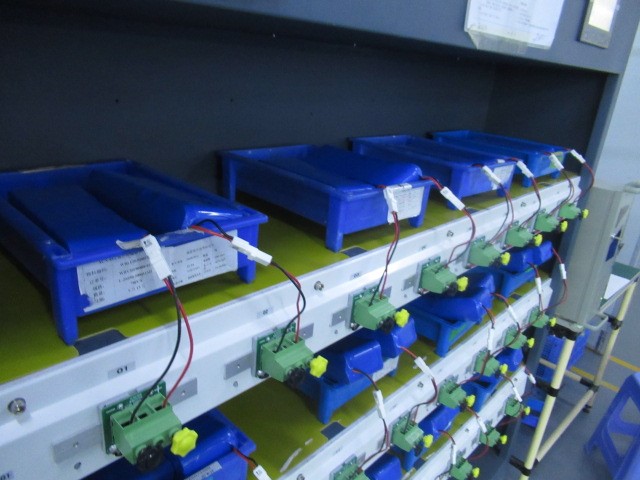
In the realm of furniture manufacturing and distribution, ensuring the quality of materials before shipment is a critical step that can significantly influence customer satisfaction and brand reputation. Pre-shipment inspection processes are designed to verify that the furniture items meet the required standards and specifications, with a particular focus on material quality. This article outlines key strategies for inspecting and verifying furniture materials during the pre-shipment phase.
Contents
1. Understanding Material Specifications
The first step in the inspection process is to have a clear understanding of the material specifications required for each furniture piece. This includes knowledge of the types of wood, metal, fabric, and other materials specified in the product design documents. Inspectors should be equipped with detailed product specifications, including acceptable material grades, densities, and finishes.
2. Visual Inspection for Material Consistency
Visual inspection is a fundamental technique used to assess the aesthetic and surface quality of furniture materials. Inspectors should examine the furniture for any visible defects such as scratches, dents, warping, or inconsistent coloration that may indicate substandard material quality. It’s important to conduct these inspections under adequate lighting conditions to ensure no imperfections are missed.
3. Physical and Mechanical Testing
To verify the durability and strength of materials, physical and mechanical tests may be conducted. This can include tests for tensile strength, compression resistance, and flexibility. For wood materials, moisture content tests are essential to prevent warping or cracking after the furniture is in use. These tests help ensure that the materials not only look good but are also capable of withstanding normal wear and tear.
4. Chemical Analysis for Hazardous Substances
Ensuring that furniture materials do not contain hazardous substances is crucial for consumer safety and compliance with regulatory standards. Chemical analysis can be conducted to test for the presence of lead, formaldehyde, and other harmful chemicals. This is especially important for materials that come into direct contact with the skin or are intended for use in environments with children and pets.
5. Supplier Audits and Material Certifications
Conducting audits of suppliers’ facilities and requesting material certifications can provide additional assurance of material quality. By evaluating the suppliers’ production processes and quality control measures, inspectors can verify that materials meet the required standards from the source. Material certifications and test reports from reputable third-party laboratories can also serve as evidence of compliance with industry standards.
Conclusion
The pre-shipment inspection of furniture materials is a multifaceted process that requires attention to detail and a thorough understanding of material specifications and quality standards. By employing a combination of visual inspections, physical and mechanical tests, chemical analyses, and supplier audits, businesses can ensure that their furniture products meet the highest quality standards before reaching the consumer. This proactive approach to quality control not only safeguards the brand’s reputation but also contributes to the overall satisfaction and safety of the end-user.




